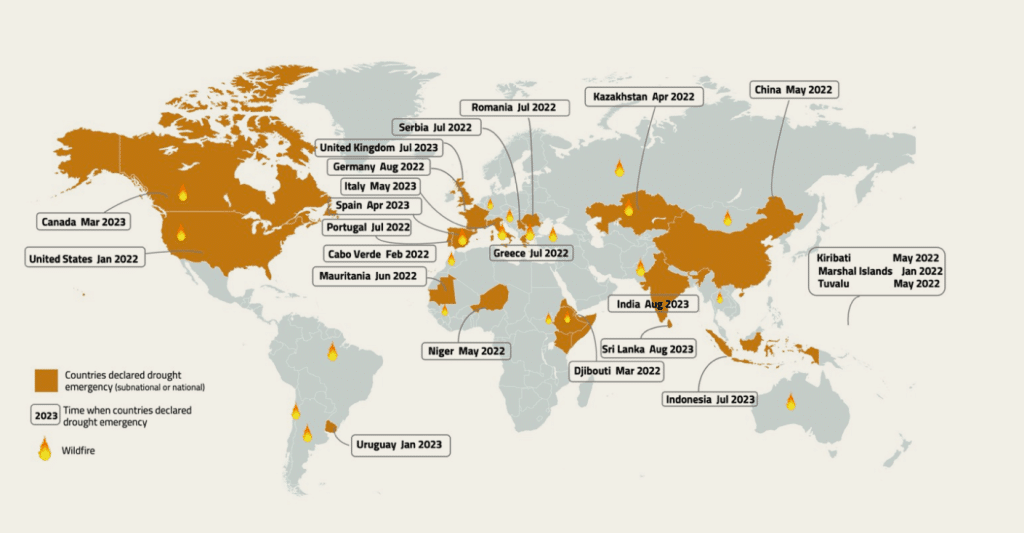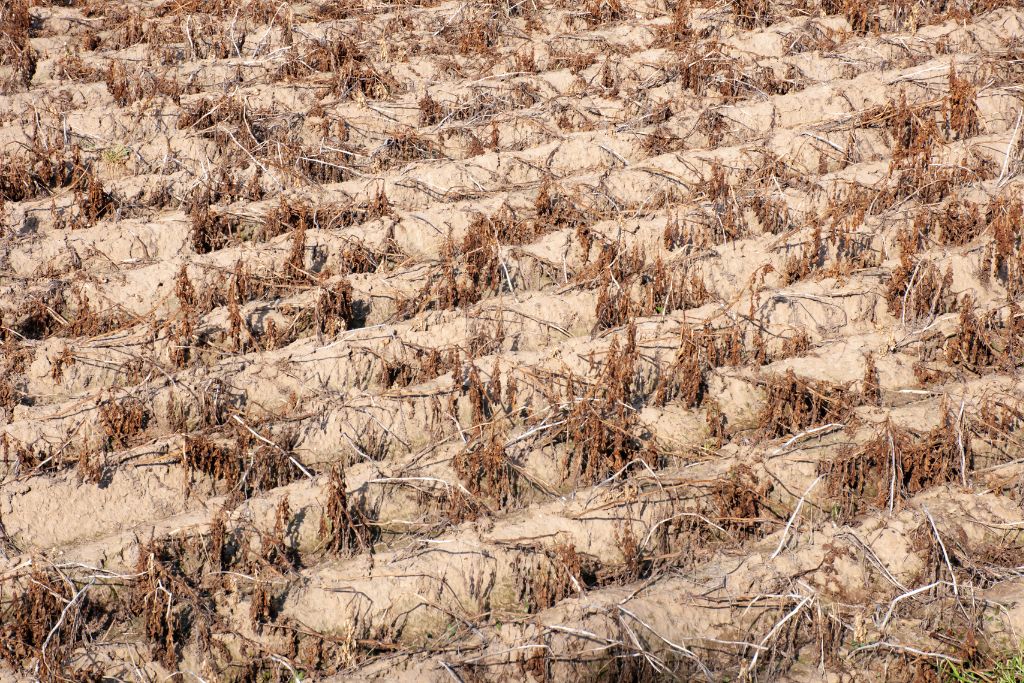Rising global temperatures are among the causes of more frequent and hazardous extreme weather events, including droughts, the UN report suggests.
—
From Panama to the Horn of Africa, from the Southwest US to China’s Yangtze River Basin, at least 1.84 billion people – nearly one in four people worldwide – across five continents experienced drought conditions in 2022 and 2023, according to the United Nations.
In a report released last December, the UN Convention to Combat Desertification (UNCCD) shed light on the “silent devastation” of increasingly frequent and severe drought events, which wreak havoc on communities globally – but particularly in low-income, developing countries and rural areas – leading to widespread food and water insecurity, forced migration, and biodiversity loss.
According to World Bank estimates, approximately 85% of those affected by droughts live in low- or middle-income countries. Women and children are also disproportionately affected and are 14 times more likely to die from a climate-fuelled disaster.

Rapidly rising global temperatures, which are currently about 1.1C above pre-industrial levels, are among the main causes of droughts and other extreme weather events, affecting their frequency and severity. Between 2022 and 2023, 24 countries across five continents declared a drought emergency.
Several studies provide undeniable evidence that rising global temperatures have made events such as the Horn of Africa drought – which has left more than 50 million people “severely” food insecure – and the 2022 record-breaking heatwaves in the Northern Hemisphere up to 100 times more likely. More than half of the global population already contends with severe water scarcity for at least one month per year and by 2050, droughts might affect up to two-thirds of the world’s population.
You might also like: The State of the Global Climate in 2023: A Recap

Drought-driven crop failures, food shortages, and rising prices further reveal the economic consequences of droughts, which result in losses of billions of dollars. According to the report, drought-related hazards in Africa the past 50 decades have led to economic losses of over US$70 billion, while Europe saw a 63% increase in the total economic damage from droughts in 2021 compared with the 20-year average.
The historic drought that is currently affecting the Panama Canal – one of the world’s main trade arteries – also risks resulting in millions of dollars in economic losses as record-low water levels forced authorities to restrict the number of daily vessels authorised to cross the Canal. Experts blamed the extreme drought on the return of the El Niño, a cyclical weather pattern associated with warmer-than-usual temperatures in parts of the Pacific Ocean.
More on the topic: What the Panama Canal Drought Tells Us About the Fragility of Global Trade
A similar situation occurred in 2022 in Germany, as the River Rhine – Europe’s most important waterway and Germany’s main economic artery for grain exports, coal, and other consumer goods – became impassable amid record-breaking summer temperatures.
Droughts and other weather-related hazards such as floods and storms also lead to forced migration, with data suggesting that about 98% of the 32.6 million new disaster displacements that took place in 2022 were a direct consequence of these events.


















